Table of Contents
- What Are Hatch Chiles? (And Why They're Different)
- Hatch Chile Heat Levels: Mild vs Hot Varieties Compared
- Step-by-Step Hatch Chile Roasting Guide (Gas Stove & Oven Methods)
- How to Buy Authentic Hatch Chiles: Season, Sources & Verification
- Best Ways to Store Hatch Chiles: Freezing, Canning & Drying
- 10 Hatch Chile Recipes That Actually Taste Authentic
- Hatch Chiles vs Poblanos vs Anaheim: Key Differences Explained
Hatch chiles are unique New Mexico-grown peppers available seasonally from July to September, distinguished by their mineral-rich soil terroir that creates complex flavor profiles ranging from sweet-grassy (500-1,000 SHU) to intensely spicy (8,000+ SHU). Unlike generic "green chiles," authentic Hatch varieties must be grown in the Hatch Valley region to carry the name, with their distinctive taste coming from dramatic day-night temperature swings and Rio Grande irrigation water unavailable elsewhere.
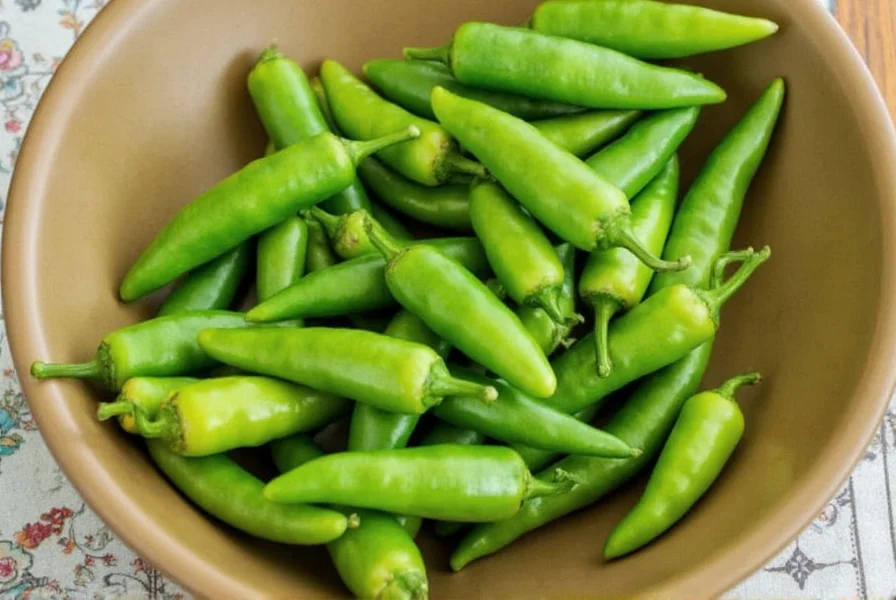
The most common confusion: Hatch chiles aren't a single pepper variety but a regional designation for several cultivars grown exclusively in New Mexico's Hatch Valley. This geographic specificity creates flavor nuances you won't find in store-bought "Hatch-style" peppers from California or Mexico. When harvested at peak season (August-September), these chiles develop balanced sweetness with subtle smokiness that transforms ordinary dishes into Southwestern specialties.
Hatch Chile Heat Levels: Mild vs Hot Varieties Compared
Understanding Hatch chile heat is crucial for cooking success. Their Scoville ratings vary significantly by variety:
| Variety | Scoville Heat Units | Best Cooking Uses | Flavor Profile |
|---|---|---|---|
| Mild (Big Jim) | 500-1,000 | Soups, sauces, family-friendly dishes | Sweet, grassy, subtle pepper flavor |
| Medium (NuMex Joe E. Parker) | 1,500-3,000 | Enchiladas, stews, egg dishes | Balanced heat with earthy sweetness |
| Hot (Sandia) | 4,000-6,000 | Chile rellenos, carne adovada | Sharp spice with smoky depth |
| Extra Hot (Española Improved) | 8,000+ | Salsas, hot sauces, bold dishes | Intense heat with complex fruit notes |
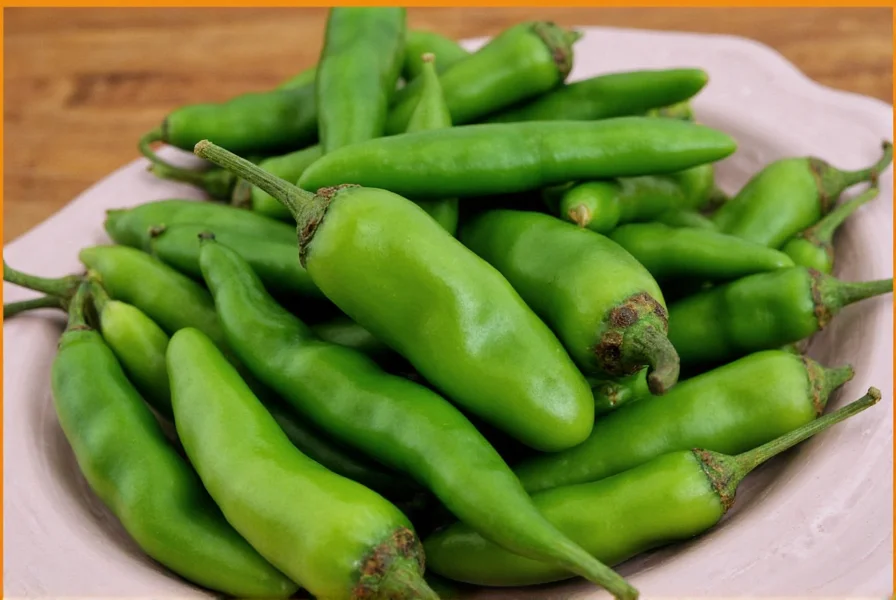
Important note: Heat levels can vary within the same variety based on growing conditions. For reliable results, always taste a small piece before adding to recipes. The placenta and seeds contain most capsaicin - remove them to reduce heat without sacrificing flavor.
Step-by-Step Hatch Chile Roasting Guide (Gas Stove & Oven Methods)
Proper roasting transforms Hatch chiles from raw and grassy to deeply flavorful with caramelized sugars. Follow these professional techniques:
- Select perfect chiles: Choose firm, unblemished peppers with deep green color (avoid yellowing or soft spots)
- Gas stove method: Place directly on burner flame, turning every 30 seconds with tongs until 75-80% blackened (8-12 minutes total)
- Oven alternative: Broil on baking sheet 4 inches from heat, turning frequently until evenly blistered (10-15 minutes)
- Steam properly: Transfer to paper bag (not plastic!) and seal for 10-15 minutes to loosen skins
- Peel efficiently: Use your fingers (not knife) to remove charred skin while preserving flavorful flesh underneath
- Preserve flavor: Never rinse roasted chiles - residual char adds authentic smokiness to dishes
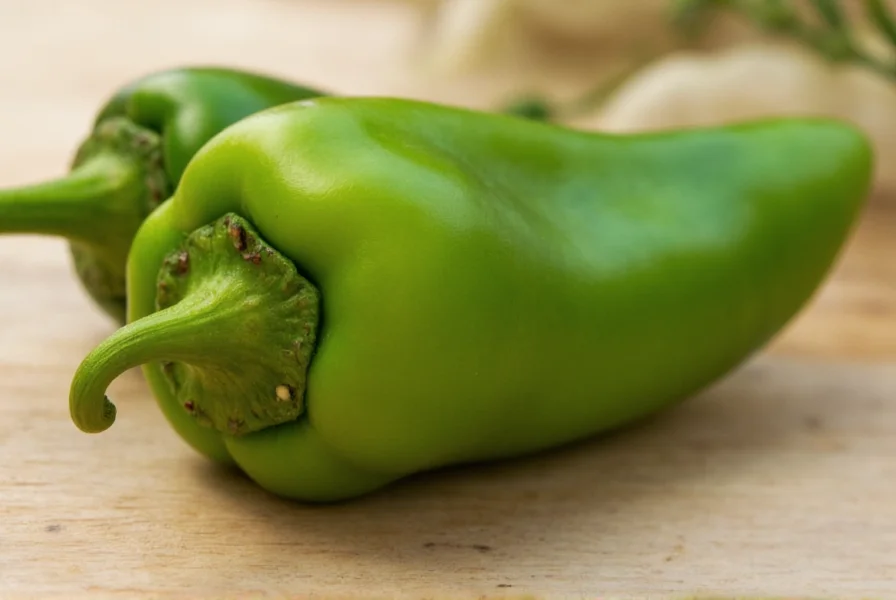
Common mistake: Many home cooks over-roast until completely blackened. For balanced flavor, stop when 75-80% of the skin is charred. Over-roasting creates bitter ash that permeates the flesh. The paper bag steaming method (vs plastic) allows proper moisture control for easier peeling without flavor loss.
How to Buy Authentic Hatch Chiles: Season, Sources & Verification
The "Hatch" name is often misused. True Hatch chiles follow these criteria:
Authenticity Verification
- Seasonality: Fresh harvest runs July 25 - September 30 (peak August-September). Avoid "year-round fresh Hatch" claims.
- Geographic indicator: Must display "Grown in Hatch, NM" or official Hatch Chile trademark logo (check hatchchile.org)
- Farmer verification: Reputable sellers can name specific Hatch Valley farms (e.g., Zapp's, St. Front)
Purchase Options Compared
- Farm-direct shipping: Best flavor (shipped within 48 hours of harvest), but limited seasonality (mid-August to September)
- Grocery store fresh: Whole Foods, HEB, and Trader Joe's carry authentic Hatch during season (August-September)
- Frozen bags: Look for "100% Hatch Valley" labeling - avoid blends with California peppers
- Canned options: Only trust brands like Dragon Browne that specify Hatch Valley origin
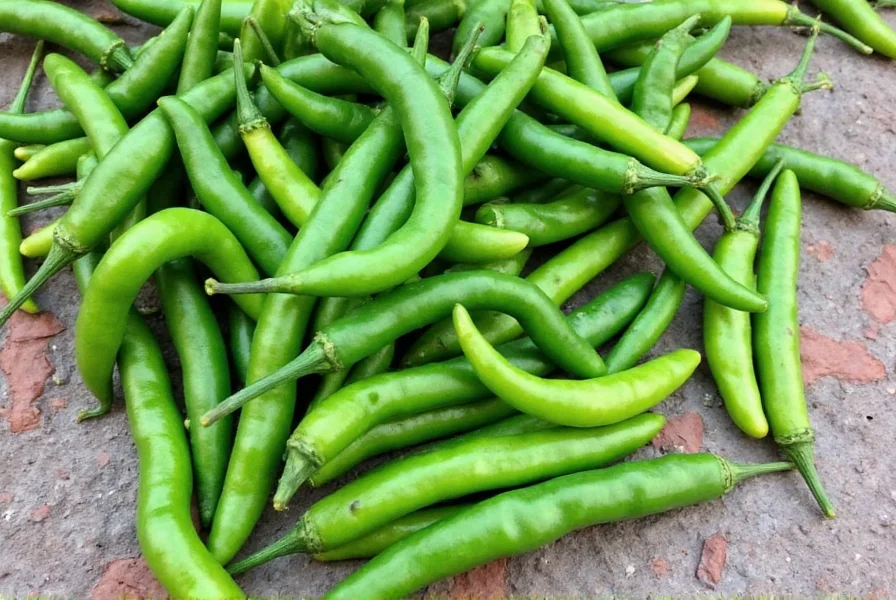
Warning: "Hatch-style" or "New Mexico chiles" aren't the same. Only peppers grown in the 35-mile Hatch Valley region qualify as authentic. During off-season, seek frozen bags labeled "100% Hatch Valley" from verified sellers like The Chile Shop or Hatch Chile Express.
Best Ways to Store Hatch Chiles: Freezing, Canning & Drying
Maximize your Hatch chile investment with these professional preservation methods:
- Freezing (best method): Roast, peel, and freeze whole or diced in vacuum-sealed bags with 1/4" headspace. Keeps 12-18 months with zero flavor loss. Thaw overnight in fridge before using.
- Canning safety: Must pressure-can at 11 PSI for 35 minutes (water bath canning is unsafe for low-acid chiles). Use tested recipes from National Center for Home Food Preservation.
- Drying techniques: For ristras, string upright in dark, dry area. For powder, dehydrate at 135°F until brittle, then grind in spice grinder (not coffee grinder).
- Refrigeration limits: Unroasted chiles last 10-14 days in crisper drawer; roasted chiles keep 3-4 days in airtight container.
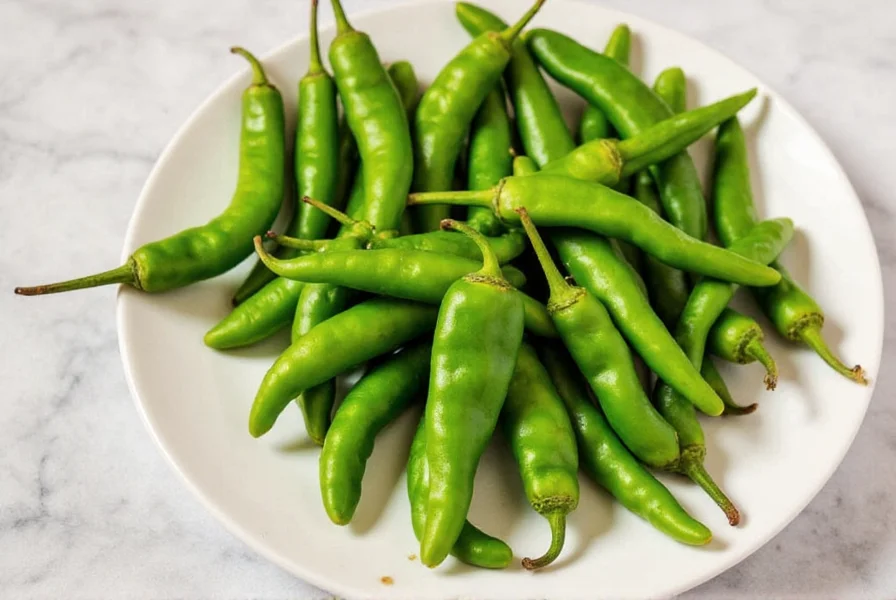
Critical tip: Never store roasted chiles in oil at room temperature - this creates botulism risk. If using oil, freeze the mixture immediately. For canning, always follow USDA guidelines to prevent foodborne illness.
10 Hatch Chile Recipes That Actually Taste Authentic
Move beyond basic green chile stew with these chef-developed applications:
- Hatch Chile Hollandaise: Blend roasted mild chiles into classic hollandaise for green chile eggs Benedict
- Green Chile Beurre Blanc: Emulsify roasted medium chiles into white wine butter sauce for fish
- Chile-Infused Honey: Simmer extra hot chiles in honey for glazes (perfect with pork)
- Green Chile Aioli: Mix roasted chiles with mayo, lime, and garlic for sandwiches
- Chile-Enhanced Sourdough: Add diced roasted chiles to bread dough before baking
- Green Chile Bloody Mary Mix: Blend roasted chiles with tomato juice and spices
- Chile-Cheese Queso Fresco Spread: Mix roasted chiles with softened cream cheese
- Green Chile Cocktail Syrup: Simmer mild chiles in simple syrup for margaritas
- Chile-Infused Olive Oil: Cold-infuse roasted chiles in oil (must refrigerate)
- Green Chile Ice Cream: Surprising savory-sweet dessert with medium chiles
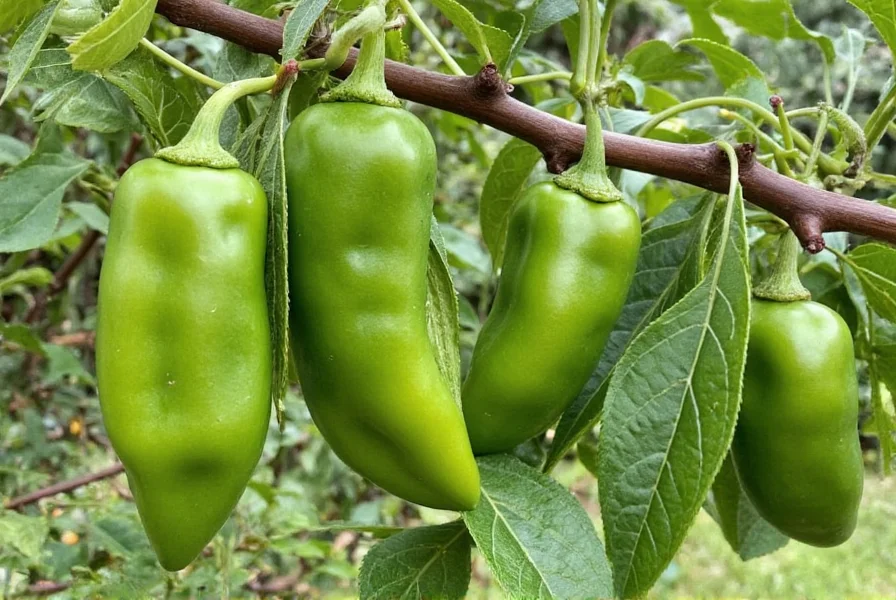
Pro tip: For restaurant-quality results, always roast chiles before incorporating into recipes. Raw chiles lack the complex caramelized flavors that define New Mexican cuisine. When substituting in recipes, use 1 cup roasted Hatch chiles for every 4oz canned green chiles.
Hatch Chiles vs Poblanos vs Anaheim: Key Differences Explained
Understanding these distinctions prevents recipe failures:
Geographic & Botanical Differences
- Hatch Chiles: Regional designation for Capsicum annuum cultivars grown ONLY in New Mexico's Hatch Valley (32°N latitude). Flavor complexity comes from high-mineral soil and 40°F day-night temperature swings.
- Poblanos: Larger, heart-shaped peppers (Capsicum annuum) typically from Puebla, Mexico. Milder (1,000-2,000 SHU) with earthy, coffee-like notes. Always sold unripe (green).
- Anaheim: Long, tapered peppers (Capsicum annuum) primarily from California. Mild (500-2,500 SHU) with thin walls and inconsistent heat. Often sold as "New Mexico chiles" incorrectly.
Cooking Substitution Guide
- For authentic New Mexican cuisine: ONLY use true Hatch Valley chiles
- When Hatch unavailable: Combine Anaheim (for volume) + jalapeño (for heat)
- Never substitute bell peppers - they lack essential flavor compounds
- For chile rellenos: Poblanos work best due to size/shape, but lack Hatch's terroir
The critical distinction: Hatch isn't a cultivar but a terroir-driven flavor profile. Peppers grown from Hatch seeds outside the valley lack the mineral balance and temperature variation that creates authentic flavor. During off-season, seek frozen bags specifically labeled "100% Hatch Valley" from verified suppliers.

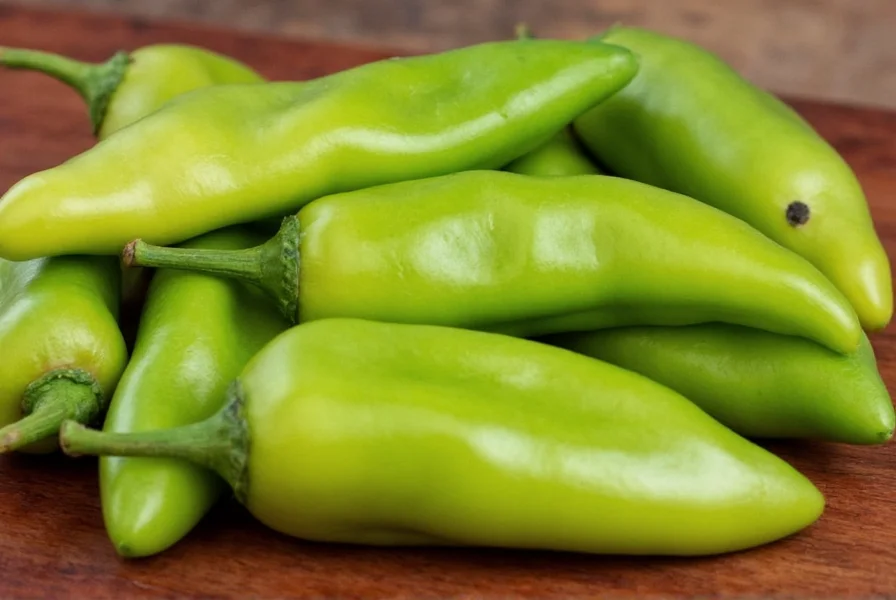









 浙公网安备
33010002000092号
浙公网安备
33010002000092号 浙B2-20120091-4
浙B2-20120091-4